The artist blinks hard at the screen in front of her, gives her head a quick shake from side to side, and stretches her hands toward the ceiling. A few vertebrae crack as she leans into the stretch, and she rolls her head slowly from left to right. She’s been working on processing and editing a new series of photos for the past few days, and after a long morning in front of the computer screen she’s starting to feel cross eyed. She glances at the clock. She’s been at it since 8:00 a.m., and now it’s half past noon. Time to get away from the desk for a while before her eyes get stuck that way.
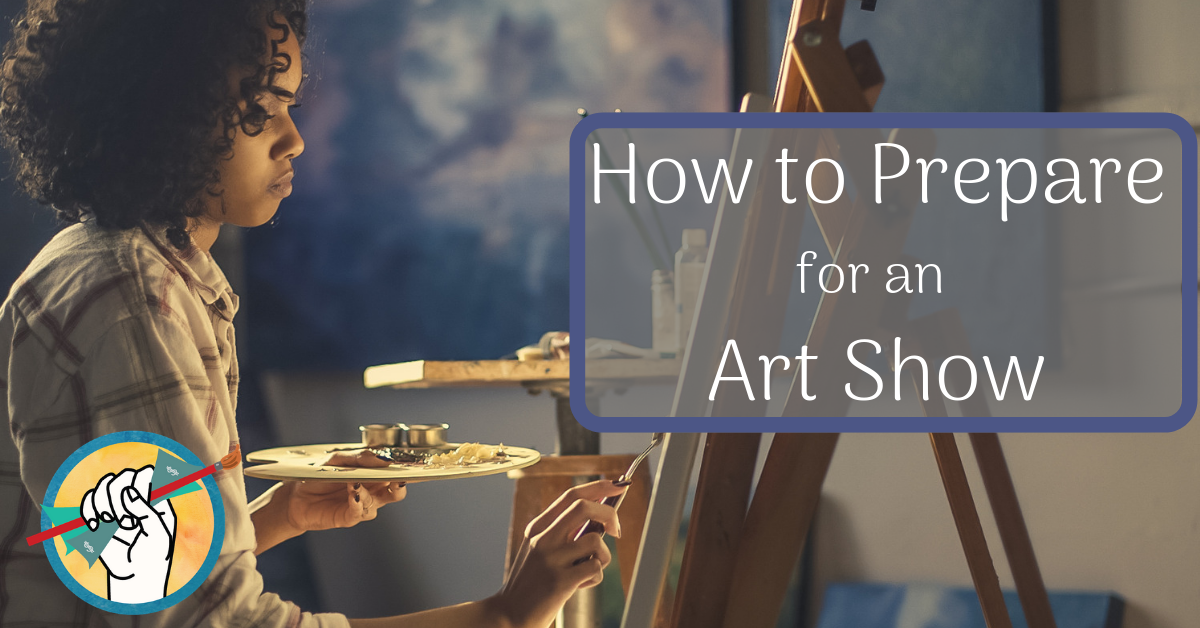
For the past several years, Hailey has been working as an artist full time. She was able to take the leap to full time work about five years after she settled into her personal flavor of abstract photography, about ten years after she first began pursuing photography as something more than a fun diversion. She is most commonly found outside in the dusky light of the sunrise and sunset hours, swinging her camera from side to side during exposure. With an eye for good lighting and skillful composition, she uses the unorthodox movement of the camera to tease the natural colors of nature together into evocative and lively abstract pieces that take the breathtaking natural beauty of the sky to a new level. One gets the idea when viewing her work that they can’t be quite sure what exactly it is they’re looking at, but it evokes deep feelings of peace and longing for nature just the same.
Hailey’s career reached its current state of buzzing busy-ness when she was featured in a regional art magazine. Through a combination of business smarts and a little luck she was able to leverage the attention from the magazine to get herself invited on a popular early morning talk show, followed by an appearance at her alma mater, where she had majored not in fine art but in communications (go figure.) She followed that up with a few talks at libraries and rotary clubs, and as July approaches and the organizations she has been relying on for new exposure go into a state of sleepy summer dormancy, she has begun to show at art fairs.
Hailey sits in a Mexican restaurant that evening with a fellow artist friend who has asked to pick her brain. She dabs a well-bitten fingernail against the salted rim of her margarita and touches it to her tongue and watches with amusement as the friend whips out a blank legal pad and demands to know how she does her “art show thing”. “I can’t seem to get myself organized! I don’t know how you do it! And also I’m a big chicken, because the idea of showing my art in the same place as a hundred other artists who are probably way better than me just scares me spitless. You have to tell me your secret. I’m taking notes.”
As she takes liberties with the salt shaker over a basket of warm tortilla chips, Hailey confides in her friend: “There is no secret. Showing your work will always be a little scary. And if you can figure out how to turn off the comparison thing in your brain forever, please let me know how you did it.
First of all, you need to determine whether your work is well suited to art shows. Can you display it easily? Will it be eye-catching from a distance, or can you arrange in a way that it is eye-catching? I have found over time that my work has more impact at large sizes, in person, so it works well for me to find new customers and new gallery accounts through shows. You know my photos look more like paintings, so it’s helpful to be there in person to explain and demonstrate my techniques to admirers. And, frankly, to avoid repeating “these are my photographs” about 200 times a day, because unless I make it really obvious, people don’t realize they are photographs. Once I say it, they are more intrigued by the art.
And every show doesn’t turn out great, to be honest. I still have a dud now and then. But doing your homework will take a lot of the scary guesswork out of the equation. When I first started doing art fairs, I started with a crap ton of research.”
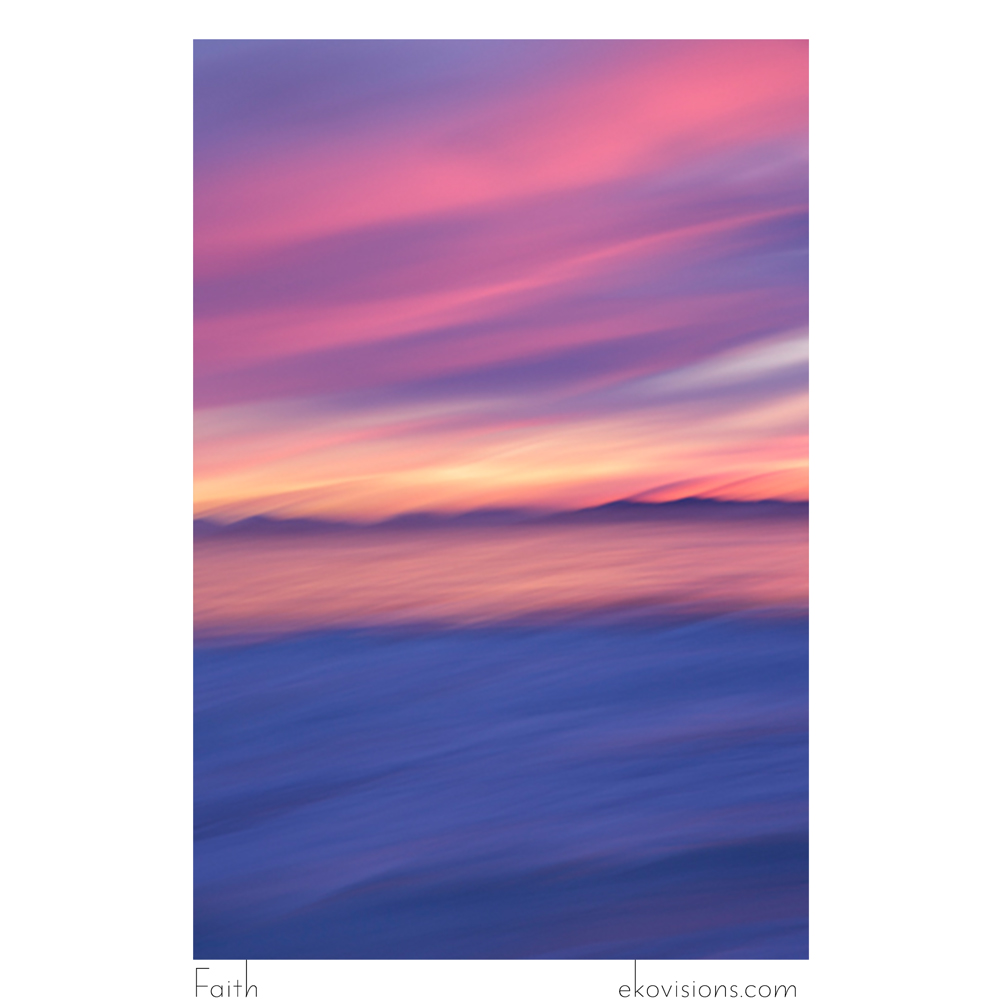
How to Research Art Shows
“The first thing I did was just do a simple Google search for summer art fairs in the area. I knew of one or two, but I have been so head-down the past couple years that I haven’t really been paying attention. I was surprised to find five art fairs and festivals within a 50 mile radius that seemed like they might match up with my work.
I made a spreadsheet (here’s a secret for you: I’m an artist, but there’s a tiny little accountant deep down inside my heart. I love spreadsheets.) Along the left hand side I included all five of the shows I wanted to research, and titled my columns like this: Location, Distance, Dates, Theme, Fees, Application Process, Reviews. There is a ton of information that I’m hoping to gather from these simple categories: can I afford to travel? Will my artwork fit in with the culture of the fair or show (like will it be appealing to visitors?) Can I even get my work accepted? Is it a good event that’s likely to be worth my time and money? After having done this for a while, I’ve determined that I only do indoor shows or outdoor shows in large tents. I’ve seen too many horror stories about weather so I mostly stay away from the outside stuff. I’m also generally looking for higher-end shows focused on art. There’s nothing wrong with fairs that feature music and kid events, but that isn’t where my audience is.
Download our free Art Show Research Spreadsheet in the Free Member Library!
When I was first researching, it took me a couple hours of research to get my spreadsheet mostly filled out. I really love when an art fair has a really well fleshed-out and informative website! It generates a ton of confidence for me in the overall efficiency of the organization producing the event. I had to make a couple of phone calls and send a couple of emails to track down the answers for the fairs that didn’t have great websites, which sucks since it’s 2019 and everyone has social anxiety now. Nevertheless, I did what must be done. Then I took to Google again to try to find some reviews and testimonials.
I took my time with this part, because I was trying to find reviews from artists who have done the shows in years past as well as actual visitors. I think it’s really important to get both perspectives to provide a full picture of what the event is like, particularly if it’s one you’ve never been to. If you think you’re ready to start applying to shows, you should start going to shows! You’ll be surprised how much you’ll learn just by observing.
So I started Googling “name of the show + review.” What I found was that Yelp was really helpful for this! Even though most of the reviews are generally from visitors to the shows rather than exhibiting artists, there is a ton of information that you can glean from those reviews. In visitor reviews I look for a couple of things as a helpful barometer of the overall success of the show.
I search the reviews for indicators that:
- The show is well advertised and an overall good value for visitors
- Visitors intend to return after their first visit
- There are photos from past years
- The event is well-run including easy transactions for customers, good signage, and well-staffed
One popular summer arts festival apparently had a … fiasco with the portable restroom facilities a few years back that garnered a lot of negative reviews across the board, but it looked like a standalone incident. Actually, it was really encouraging for me to see that the social media people for the event were on it, and they were responding to negative reviews with a lot of empathy and good humor. Any event run by human beings is going to eventually experience a snafu, so what’s more important is how the staff responds. That gives a good indicator of how you’re likely to be treated as an exhibiting artist. So I keep that in mind as I search for reviews.
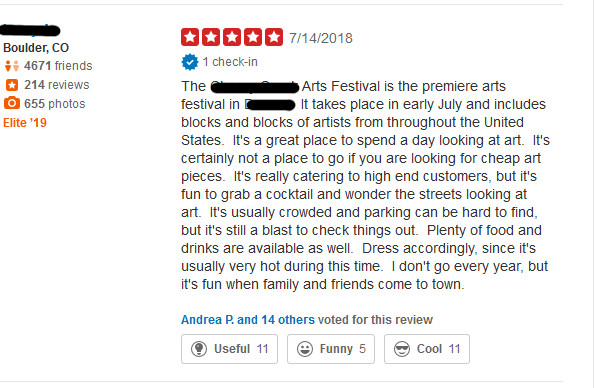
When I’m researching shows, I also pay really close attention to signs that something may not be quite right. When I’m reading reviews, I’m looking for:
- Reviews that express surprise at the reality of the show in contrast with the way the show was advertised
- Warnings from multiple past exhibitors to stay away
When I was first researching shows, I did this homework for the top 5 shows in the region that seemed to match what I was looking for. I cross checked the reviews with any advertising I could find to try to determine whether the show is delivering on promises to both visitors and exhibitors. This process took me a couple of weeks. I may have been slightly obsessive about it, but when I’m laying down my hard earned cash to exhibit in a show I can’t really afford to make a serious mistake.
At that point I did eliminate one show from the lineup just based on the abundance of negative feedback from both visitors and exhibitors. Then I looked to the remaining four to assess the cost and decide whether I could even afford to apply for it.
Can I Afford to Join that Art Show?
After I’ve compiled my review research, I start to search the websites for the shows themselves. I’m looking for very specific information about the costs associated with exhibiting:
- Where is the show located? (i.e. will I need to pay for travel and lodging?) I eliminated one more show based on distance. I just didn’t have any budget for lodging the first go around. Now that I’m more experienced with shows and have been doing this for a few years, I’ll travel a little. But at a bare minimum, I need to cover the booth fees and travel expenses. When determining the success of a show, remember that it’s important to be patient. This is something early-career artists tend to forget. Sometimes orders come in for shows months later. For me this is especially for my large canvas prints, which people tend to buy when they’re redecorating. Other times, the real value of the show is in the people I meet. I found a new gallery on Martha’s Vineyard to carry my work at a show in the spring! That is hopefully going to pay dividends for me down the line, so it’s helpful to take a long-term look at the overall value of a show. (For more on making the most of an art show, check out our interview with Owen Garratt: What a $1 Million Art Business Looks Like)
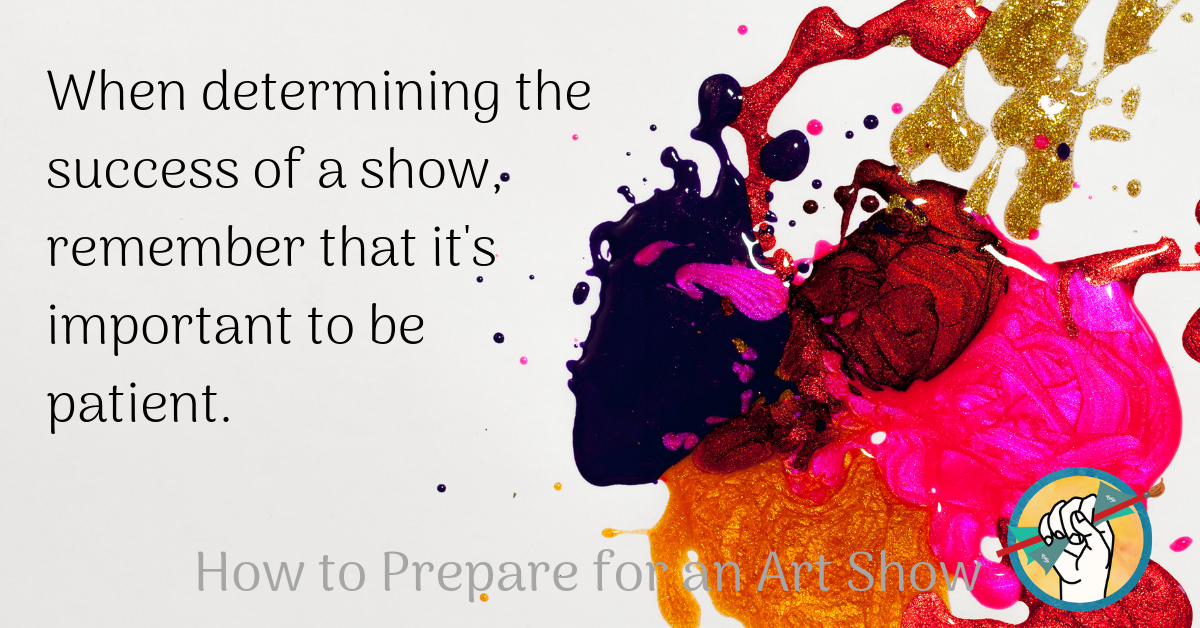
Other questions I ask about cost:
- How much does it cost to apply?
- How much does it cost to register (booth fee)?
- Which booth materials are provided and which are not? Do I need to provide my own tables/chairs, how is electricity supplied, etc?
One of the shows I was really interested in that first year actually ended up being a juried show with a sort of outrageous registration fee, if you can even get in. That will be my dream show to try to get into a few years from now. So after I researched cost, I was down to two shows, both outdoor art fairs taking place during the summer. I decided to go ahead and apply for both of them.
How to Prepare for an Art Show
In order to prepare for the show, I need to ensure that the work I’m showing is in a coherent series. This isn’t an issue for me because of the way I work now, but when I was first discovering my style I was kind of all over the place. I had produced a ton of work, but there was no clear thematic thread. The style was there, but you couldn’t look at my work and understand that this was a sunset series, this was an ocean series, or anything like that. So I worked really hard to put together a memorable completed series that I could show.
Getting your work ready takes quite a bit of effort, especially the first time you do a show. Large canvas prints do the best for me at shows. The large impact pieces are really the show-stoppers that get people into the booth; I try to make sure to have a backup or two. If those sell, and I have no replacements, I find that traffic to my booth dies down. I usually carry large canvas prints (up to 32″ x 48″ with a float frame, that retail for $1275) and can order different sizes or images for people. I also have small matted and framed prints, at 12″ x 16″ and 18″x 24″.
I also made a set of meditation cards, which is basically a small portable art collection. I sell those as an entry-level item, usually running those on special at $23 at the shows. Probably the most useful thing I have is my moo business cards–they each have an image on the back, so if people are eyeing a piece but on their way out, I’ll try to hand them the business card with that specific image. Best way to ensure they remember what they were looking at.
Preparing my meditation cards, large canvas prints, and business cards is a process I need to start several weeks in advance of a show to make sure that I get everything in time. If I end up ordering much more than I would normally keep in stock, then I add those expenses to the total cost of the show. This helps inform my decisions for future shows.
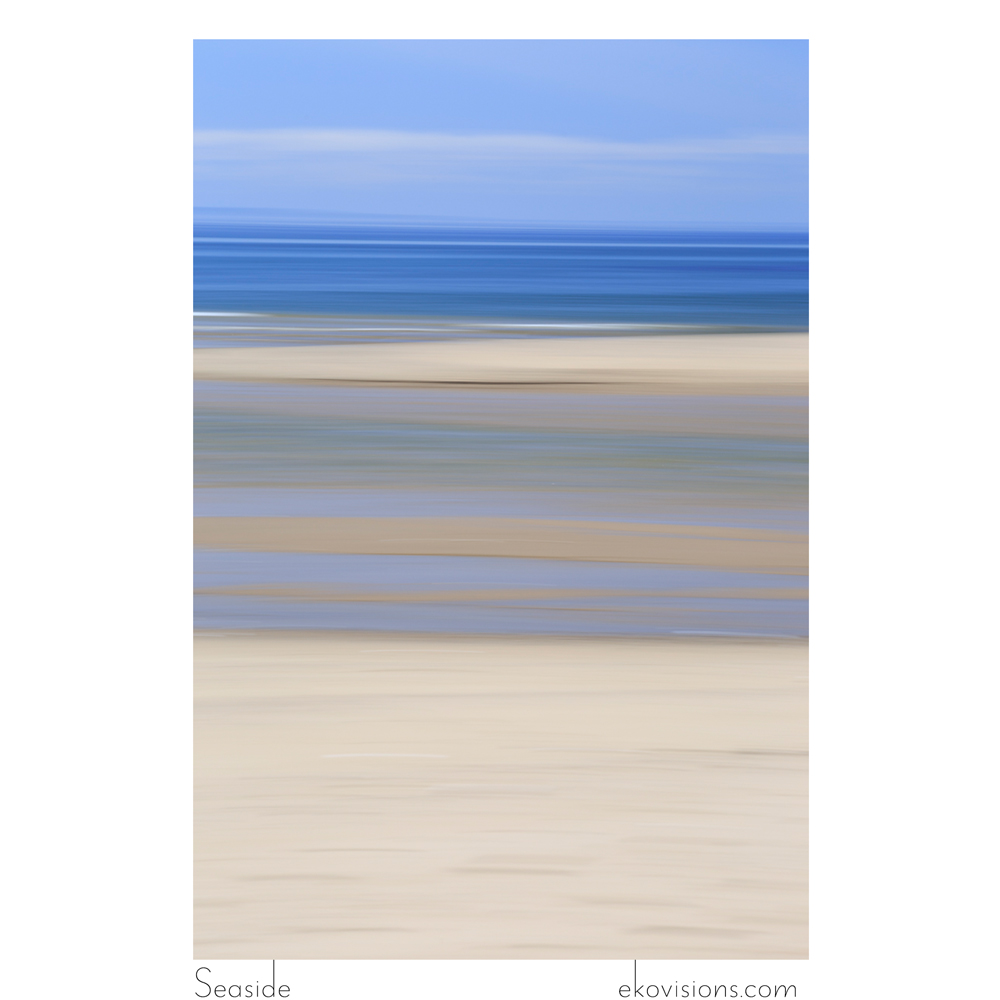
Prepare to Follow-Up After the Art Show
This is something that a lot of first-timers don’t think about beforehand, I know I didn’t. But this step is vital to your success. A huge amount of sales happen in the weeks and months after a show, and the way that I prepare to be successful here is by getting my email marketing sequence ready to go.
I like to create a special welcome email especially for people who sign up for my mailing list at the show. In the first email I’ll pop in some photos from the show, and a special thank you for visiting my booth. If I can, I try to feature a couple of testimonials and pictures of people who bought my work while at the show, and maybe even throw in a little scarcity message, like “After selling three of these large canvas prints at the show I only have two left in stock. These go fast!”
Those emails then go directly into my regular nurture sequence, where I keep in contact with them on a regular basis to keep my name at the front of their mind.
If any potential customers expressed special interest in a certain piece or in a commission, I’ll email them directly to thank them for visiting my booth, very gently remind them of what they were interested in and just generally let them know that I remember who they are and want to stay connected. I also send these kinds of emails to other artists and organizations that I make contact with at the shows. Networking is such an important part of this job. I used to be really shy about it, but I spent some time studying sales, body language, and active listening. I may get a little nervous now, but talking to potential collectors and business partners with confidence gets a little easier every time.
When I’m preparing for a show I also review some of the basics of selling in person: how to use body language to inspire confidence, active listening, and rehearsing my “elevator pitch”, so to speak, or my unique value proposition. Since I spend so much time making and editing my art in solitude, I don’t really trust myself to have the sales skills ready to go unless I brush up on them right before a show. Knowing that there are specific things I can do to increase my confidence and my likeability helps me feel a lot less nervous about the selling part.”
Keep Learning and Experimenting
As Hailey signs the receipt at the end of their meal, she smiles at her friend, who is still furiously scribbling notes on her pad with a furrowed brow. “This is a crazy amount of work,” her friend mumbles. “Yeah, it’s crazy. You should actually be spending at least half of your time on marketing and business,” Haily responds. “It took me a while to get to the point where I was spending half of each day on business, but once things started picking up I realized that I truly needed all of that time, if not more. It’s a ton of work up front, and everything I told you is good advice from me, but you should also do your own thing. I did a lot of experimenting, failing, and learning before I found what works for me. I’m sure there will be different things that work for you. Your work will probably fit into different shows than mine, and you’re selling at a different price point. So what you need to do is just get started. Keep obsessively close track of your expenses, practice asking for the sale, and just get out there and start showing your art!”
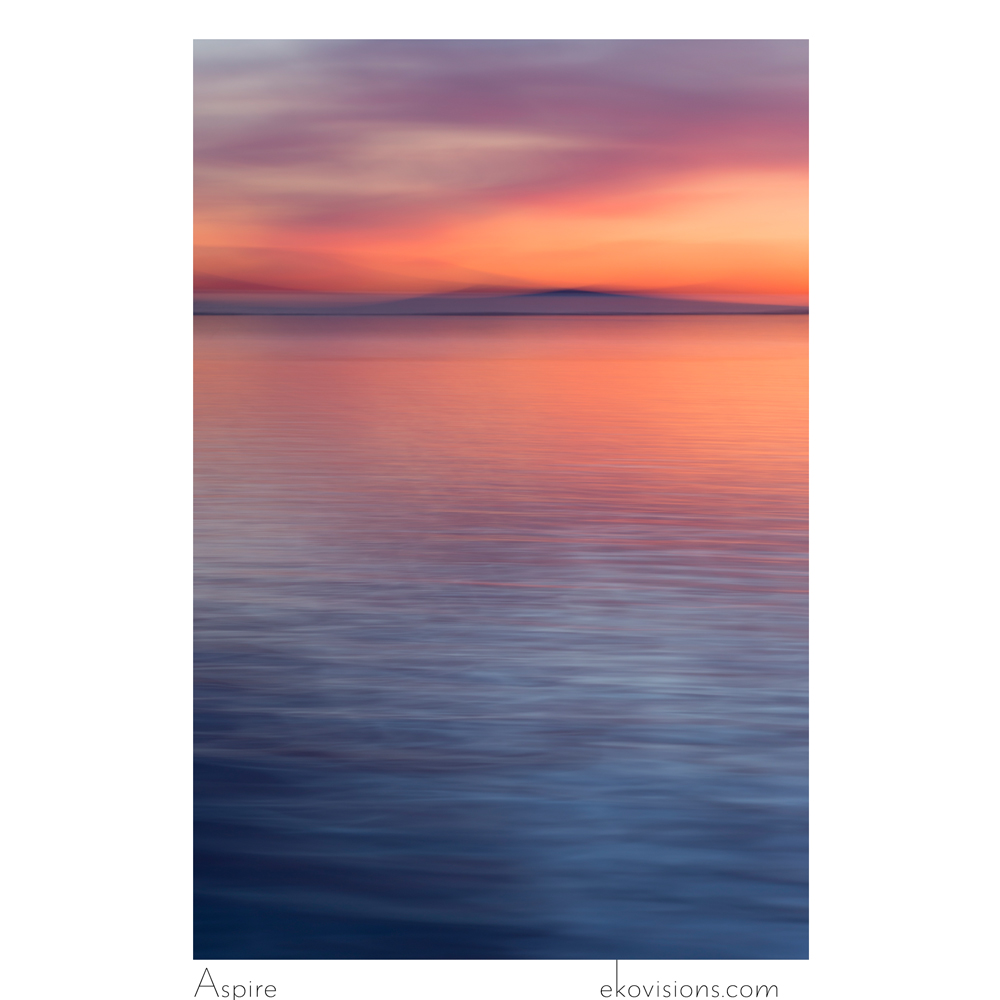
The artist in this piece is fictional, but she is partially based on real-life artist Kelly O’Neal. Kelly was generous enough to answer several questions for us, which we incorporated into this blog post. The full interview is below.
TAA: What are the top 3 reasons you exhibit in art shows?
Kelly: I find my work has more impact at large sizes, in person. I find new customers and also new gallery accounts through shows. Because my photographs look more like paintings, it is helpful to be there in person to explain and demonstrate my technique to admirers. And, frankly, to repeat “these are my photographs” about 200x a day, because unless I make it really obvious, people don’t realize they are photographs. Once I say it they are more intrigued by the art.
TAA: What criteria do you use to select which shows you attend?
Kelly: I only do indoor shows or those in large tents; I’ve seen too many horror stories about weather and have no desire to deal with that. I’m generally looking for higher-end shows focused on art–not those that are more festivals with music or kid events. Proximity to home is helpful too–I’m not doing a huge circuit right now, so I prefer to do something within about a 4 hour drive.
TAA: How do you prepare your work for a show? Do you do anything special to package/present your originals, do you make prints or promo materials with your work on it, do you make other art gifts or merch?
Kelly: Large canvas prints do the best for me at shows–note all my work is photography, so I don’t really have “originals.” The large impact pieces are really the show-stoppers that get people into the booth; I try to make sure to have a back up or two. If those sell, and I have no replacements, I’ll find that traffic to the booth dies down. I usually carry large canvas prints (up to 32″ x 48″ with a float frame, that retail for $1275) and can order different sizes or images for people. I also have small matted and framed prints, at 12″ x 16″ and 18″x 24″. My meditation card set is a small portable art collection that I sell as an entry-level item, usually running those on special at $23 at the shows.
Probably the most useful thing I have is my moo business cards–they each have an image on the back, so if people are eyeing a piece but on their way out, I’ll try to hand them the business card with that specific image. Best way to ensure they remember what they were looking at.
TAA: How do you prepare your business for a show? Do you use email marketing to connect with interested collectors, and/or to let people know you have a show coming up? What do you do on social media before a show?
Kelly: Honestly, I need to do more with this. I will generally announce it to my mailing list a week or so out, plus mention it on my Instagram Stories and on my Insta and Facebook Feeds. I’ll tease new work I might be showing for the first time in person there. The best shows, if you tag them in your posts, will share them with their audience–which can be a huge win if people are then seeking you out. It also helps to build the relationship with show organizers.
TAA: What are the 3 most important factors that determine your success at a show? Which can you control, which can’t you control?
Kelly: It’s such a crapshoot, honestly. Some shows where I’ve done well, nearby vendors with good work have sold literally nothing. I think the biggest thing I can control is to be sure my work is a good fit for the show and that I have a good mix of large pieces to draw people into the booth. Plus signage that helps people understand that this is photography.
Weather is unfortunately a huge factor–you want it nice enough for people to go out, but not so nice that they just go play at the beach. And too hot will just kill the show unless it’s inside with AC. I think finding the right balance between being friendly and letting people contemplate to themselves is critical! So many people get really pushy, and it seems to push people away. My favorite trick is to be busy re-stocking or re-arranging work; my busy-ness seems to give people permission to look and my booth gets more crowded, seriously.
TAA: What do you do after a show to follow up with potential collectors? What does networking look like for you at art shows?
Kelly: I keep a list of everyone who needs personal emails, including people who have sent me pictures of their rooms for me to recommend sizes and picture combinations. Plus I’ll add people to my email list, and try to follow-up shortly thereafter so they remember who I am.
TAA: How do you determine whether or not a show was successful for your business?
Kelly: At a bare minimum, I need to cover the booth fees and travel expenses. I do think it’s important to be patient, though–sometimes orders come in for shows months later, especially for my large canvas prints which people tend to buy as decor pieces when they are redecorating. Plus sometimes the value of the show is in the people I meet–I found a new gallery on Martha’s Vineyard to carry my work at a show in March, for example.
One other thing I’ll add: my favorite thing to do during shows is keep a log with the time & note on things happening–compliments, interesting quotes, everything. This helps keep me focused on the longer game when sales are slow. Example from a recent show: “1:00: “If I had that in my living room, I’d be peaceful all the time.”
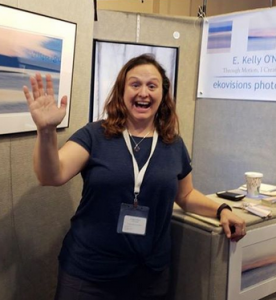 Kelly O’Neal is madly in love with abstract photography, travel, sunsets, quiet, chocolate, and her dog Teddy Bear, who also serves as her mostly enthusiastic photographic assistant. She is a fine art nature photographer. These days her focus is on creating abstract images through camera movement–panning, wiggling, turning, and swooshing the camera during exposure. Sound weird? It is. But also amazingly fun with beautiful results. See more of Kelly’s work at http://ekovisions.com
Kelly O’Neal is madly in love with abstract photography, travel, sunsets, quiet, chocolate, and her dog Teddy Bear, who also serves as her mostly enthusiastic photographic assistant. She is a fine art nature photographer. These days her focus is on creating abstract images through camera movement–panning, wiggling, turning, and swooshing the camera during exposure. Sound weird? It is. But also amazingly fun with beautiful results. See more of Kelly’s work at http://ekovisions.com
Awesome post, just what I needed to read as I gear up for an exhibition and trying to find more ways to get face to face exposure. Thank you.
That is some solid advice. Very informative article. Thank you.
You made a good point that the location is also one of the things to look into when planning an art exhibition. My best friend and I are interested in looking for a contemporary black art exhibition because we’re planning to produce a small music album independently. It would be nice if we could go out once in a while to look for sources of inspiration for the style that we will be going for.